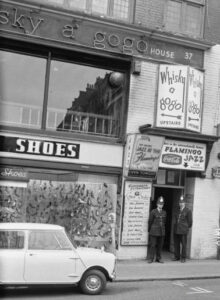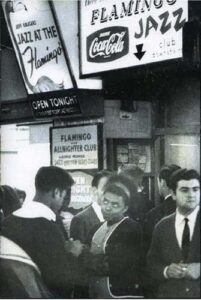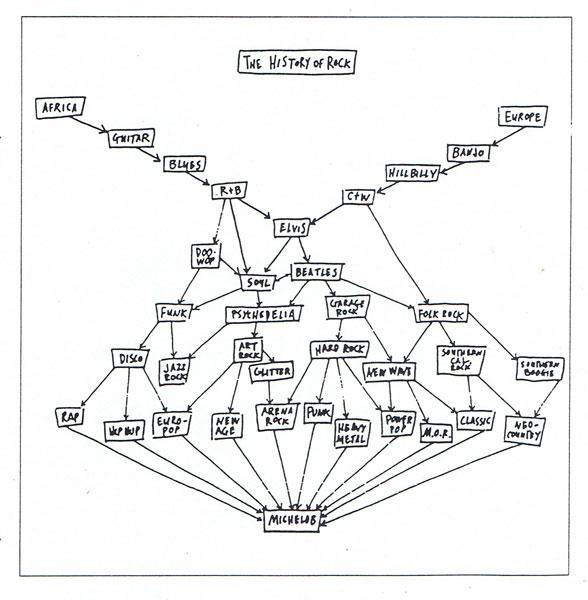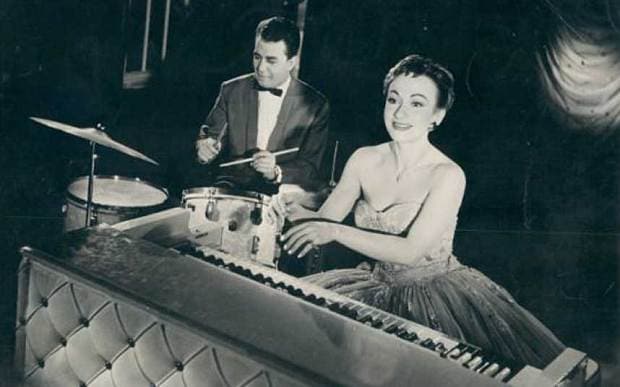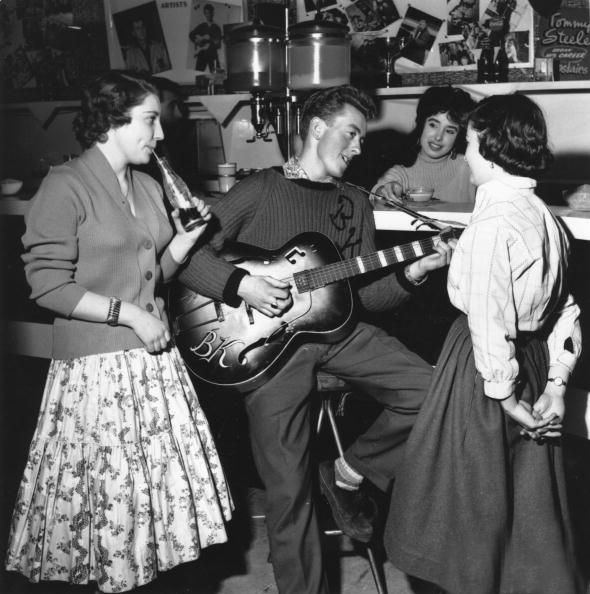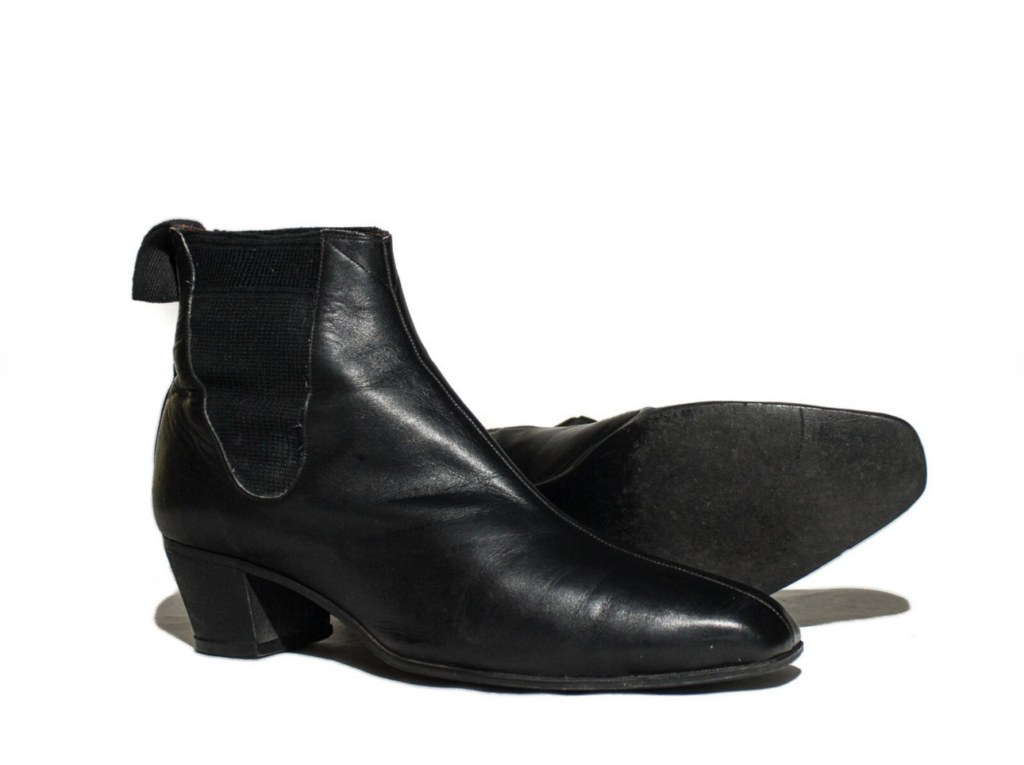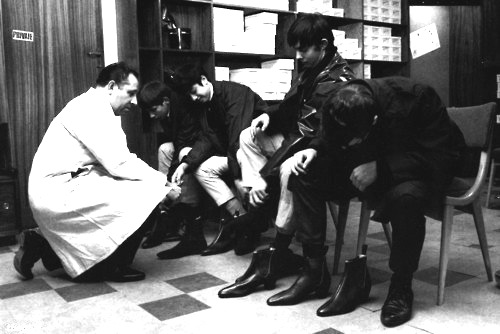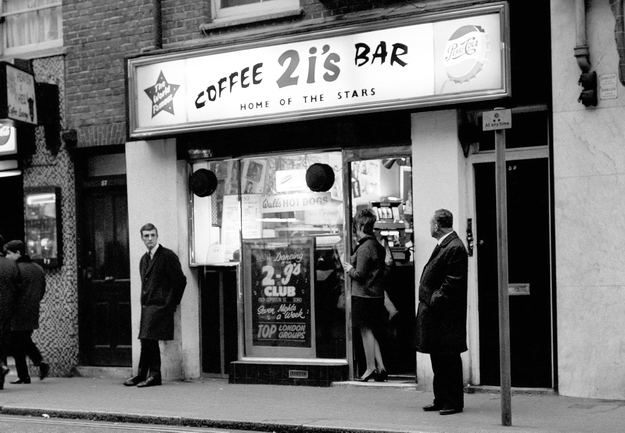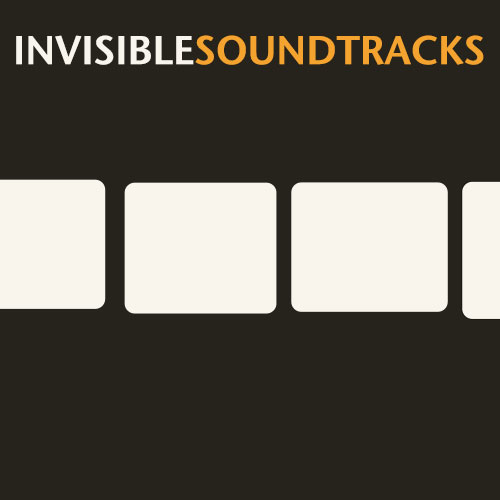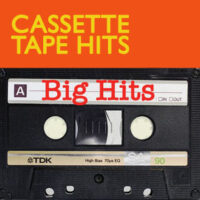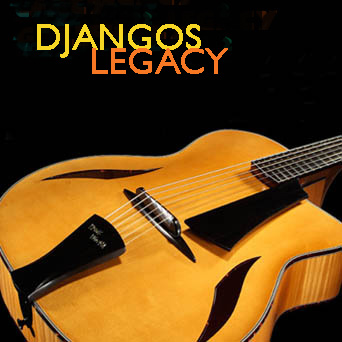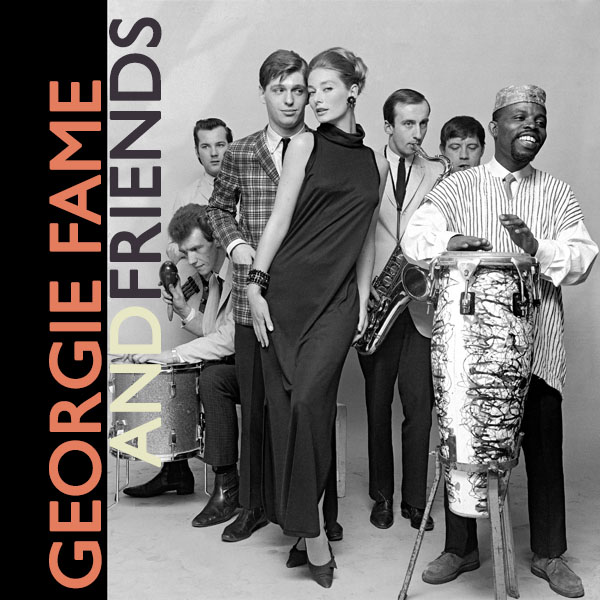
These shows revolve around the work of Georgie Fame and his musical friends who shared his tastes. Plus the original artists who’s work he introduced to the mainstream through his (always improved) cover versions.
Record Collector magazine said of him, “It’s imperative not to trust anyone who doesn’t love Georgie Fame”. He’s been called a ‘musician’s musician’ and in part because Georgie has always chosen to play with the best players around at the time in whatever musical genre.
Below on Spotify…
https://open.spotify.com/playlist/4N8BXc24Ckf2fFoeCRZqRF?si=bbe294ee23ed4fc6
What has been central to his career is he always had an ear for a great and perhaps unknown song. He would introduce his audience to a song or an artist and at the same time do an individualized cover which was sometimes better than the original.
To date over some sixty years, his repertoire has spanned rhythm and blues, jazz, soul, ska, and calypso, along with big band jazz ballads and jazz standards.
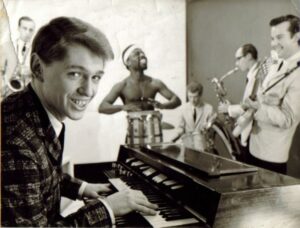
Clive Powell (b. 1943) which is his real name, came down to London at the age of 16 from Lancashire in the north. His manager at the time Larry Parnes wanted his boys to have names like Marty Wilde, Billy Fury, and Adam Faith.
He toured the UK playing beside Wilde, Joe Brown, Gene Vincent, Eddie Cochran and others. He played piano for Billy Fury in his backing band, The Blue Flames. Parnes thought they were “too jazzy” and replaced them with The Tornados. (Anyone remember Telstar ?)
At the end of 1961 they renamed themselves as “Georgie Fame and the Blue Flames” and went on to enjoy great success with a new manager Rick Gunnell. At first the repertoire was rhythm and blues. This widened to include jazz, soul and ska -which was an early form of reggae which could be heard in the Jamaican cafes in and around Ladbroke Grove near Portobello Road frequented by the group’s Jamaican born trumpeter Eddie Thornton.
During the group’s three-year residency at The Flamingo Club, Fame heard the latest jazz and blues from America and it was Booker T. & the M.G.’s “Green Onions” which inspired him to take up playing Hammond organ with the band.
“It was a great place to play, a midnight to 6 am thing on Fridays and Saturdays and it was full of American GIs who came in from their bases for the weekend. They brought records with them and one of them gave me “Green Onions” by Booker T & the MG’s. I had been playing piano up to that point but I bought a Hammond organ the next day”.
Val Wilmer, the writer and photographer, described the Wardour Street club in the early sixties – ‘The all-nighter at The Flamingo was quite wild. The black influence was strong there and to be honest it was all a bit of a blur. They were playing things like Lord Kitcheners ‘Dr Kitch’ over the PA and Dexter Gordon and Gene Ammonds and Jack McDuff and then Ska and Bluebeat. Everybody made an effort. It was stylish hair, nice dress, pencil skirts and pale pink lipstick. That was the thing.’ Georgie Fame once recalled: ‘It was the only place where black American GIs could hang out, dance and get out of it. By midnight, when the club opened, most of them were out of it. They would have left the base late afternoon got on the train with a bottle of something and by the time they came into the club they would be raving.’ Fame remembered one face in the crowd watching him: ‘Cassius Clay, as he was then, came down when he first fought Henry Cooper. Cassius would come into town and say, “Where do the brothers hang out?” He’d be told they all go down The Flamingo.’
(To get an idea of what was playing at the time on the dance floor hear my mixcloud playlists Dancing at The Flamingo.)
